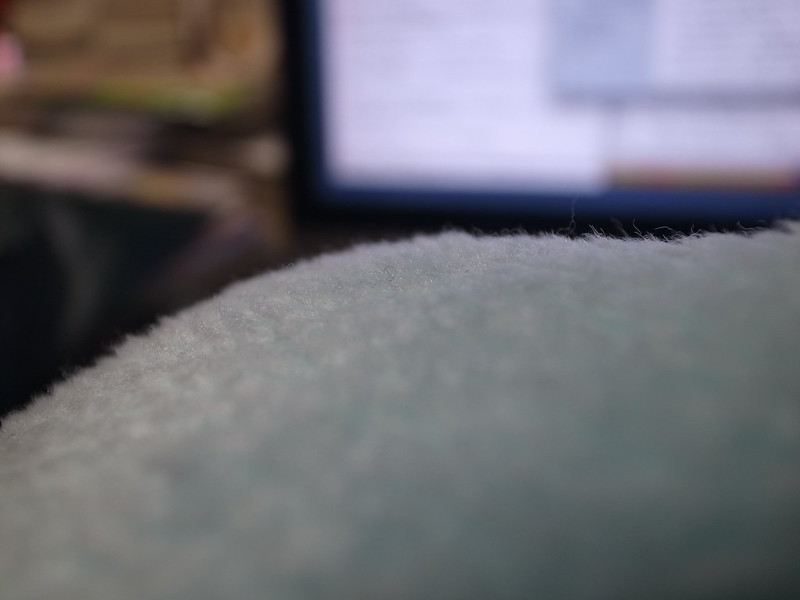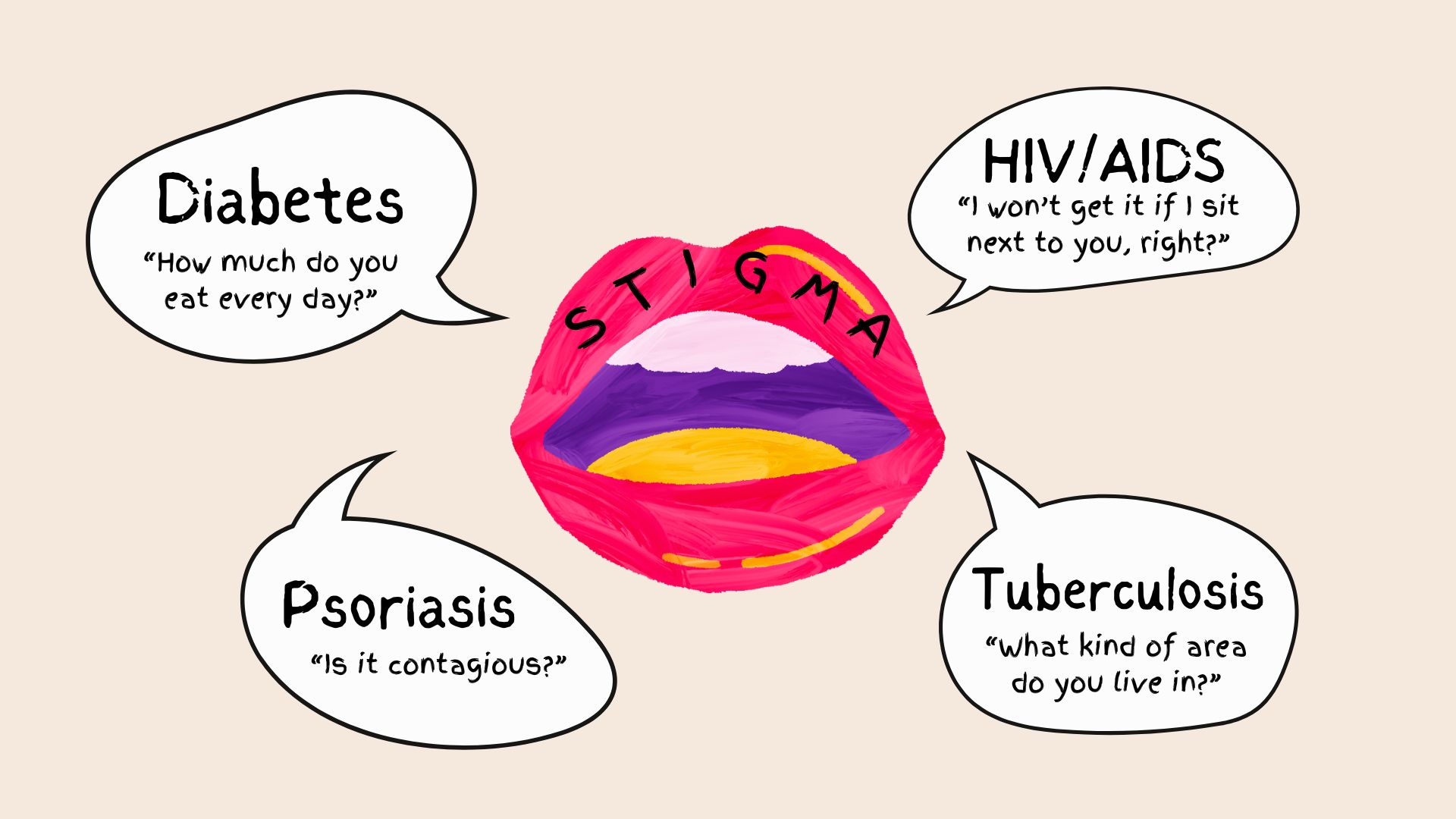Healing’s First Breath
The clinic room was quiet, the air laced with the familiar scent of hand sanitizer. Cold air crept out from the overhead vent and slipped through my scrubs, sharpening my focus but numbing my hands at the same time. I was a third-year medical student on my family medicine rotation. Sitting across from me was my first patient of the day, a woman in her forties, here for her routine annual checkup. I settled onto …









